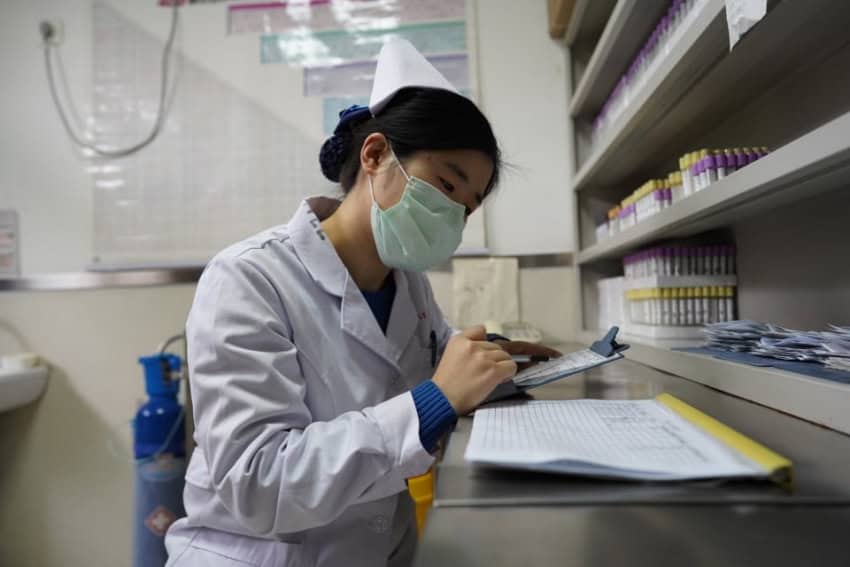The World Health Organization (WHO) is paying more attention to China as a result of the surge in respiratory disease cases and unwell youngsters exhibiting symptoms similar to pneumonia in the country’s hospitals (WHO).
At least 7,000 patients are being admitted to a Beijing children’s hospital every day, considerably exceeding the facility’s capacity, the hospital informed China’s official media CCTV.
At its outpatient and emergency departments, the biggest paediatric hospital in neighbouring Tianjin is said to have seen almost 13,000 youngsters last week.
The province of Liaoning, located around 690 kilometres northeast of the capital, is likewise facing a high caseload.
The WHO formally requested disease data on respiratory infections and identified clusters of pneumonia in children on Wednesday due to the growing number of cases.
The UN health agency seldom asks nations for more specific information in public; usually, requests of this nature are made internally. This request, according to the agency’s China headquarters, is “routine.”
Later, Chinese health officials said that no “unusual or novel diseases” had been discovered.
According to them, the country’s first complete cold season since stringent Covid restrictions were loosened in December is connected to the rising illnesses, which are a mixture of viruses that are already recognised.
What has taken place thus far?
The WHO reports that from mid-October, the number of “influenza-like illnesses” in Northern China has increased when compared to the same period in the previous three years.
ProMED, a public illness surveillance system, sent a notice on November 21 regarding cases of “undiagnosed pneumonia.” Health experts’ organisation ProMED had issued a warning about the Covid-19 virus earlier in 2019.
ProMED cited a story from FTV News to state that “with the outbreak of pneumonia in China, children’s hospitals in Beijing, Liaoning and other places were overwhelmed with sick children, and schools and classes were on the verge of suspension.”
Since so many children would need to get sick so soon, it is really unclear when this pandemic began.
What are the symptoms?
Chinese health officials have speculated that mycoplasma pneumoniae, often known as “walking pneumonia,” a common bacterial illness that usually affects youngsters and has been circulating since May, may be connected to the epidemic.
Walking pneumonia can cause weariness, a persistent cough that might continue for weeks or months, and a sore throat. This can potentially worsen into pneumonia in extreme situations.
To what extent is the illness contagious?
According to Bruce Thompson, dean of the University of Melbourne’s Melbourne School of Health Sciences, very early statistics indicated nothing unusual.
“At this point, there’s no indication that it could be a novel Covid variant,” he declared.
What scientists says?
The WHO received advice on Covid from a Dutch virologist named Marion Koopmans, who stated that “more information, particularly diagnostic information” is required.
“We must exercise caution.”
According to London School of Hygiene and Tropical Medicine’s David Heymann, “the challenge is to discern the outbreaks and determine the cause.”
He made note of the possibility of a history of seasonal respiratory illnesses.
China faces another epidemic after lifting Covid restrictions














